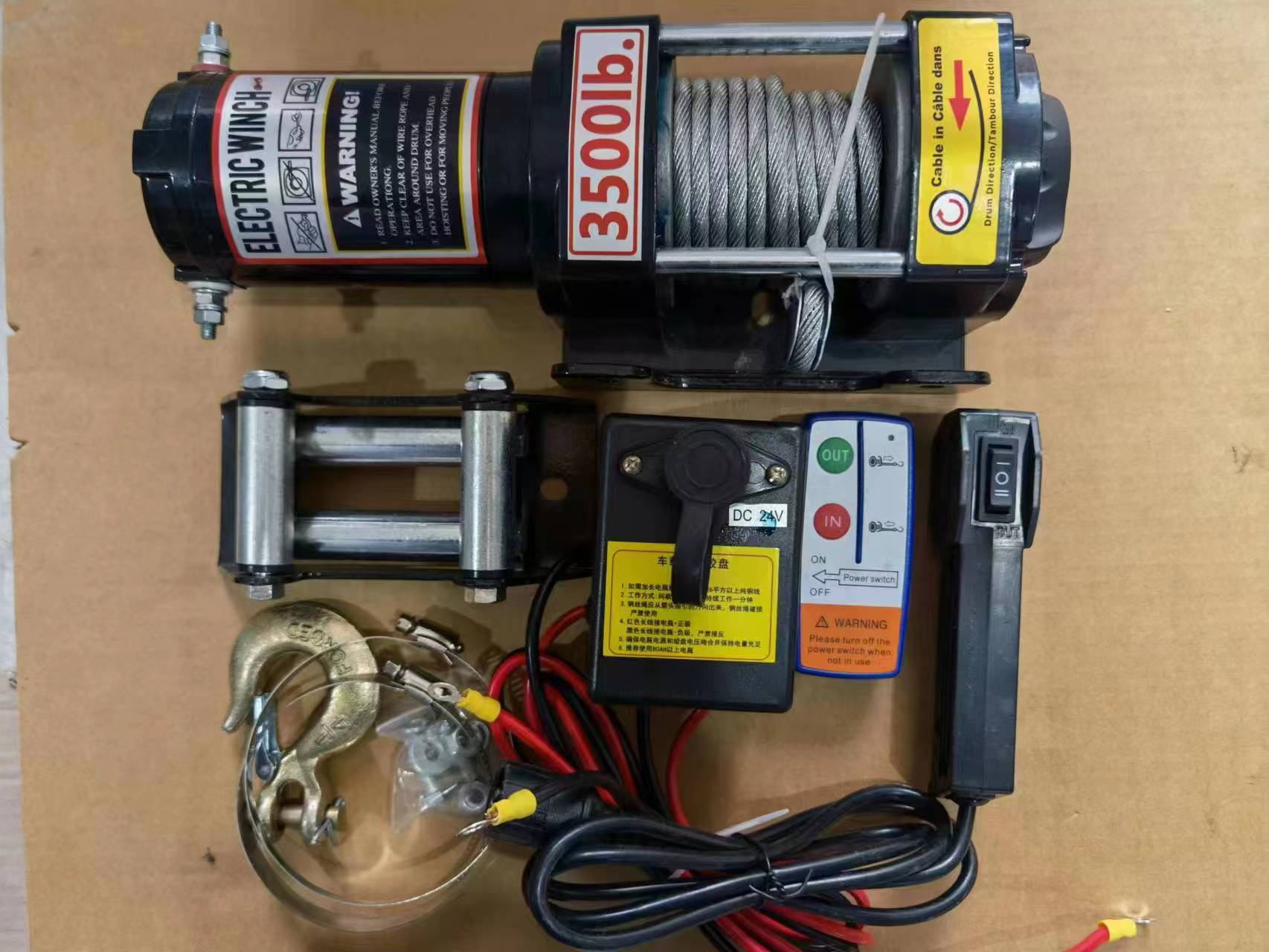Fall protection devices are crucial for ensuring the safety of workers who perform tasks at heights. Accidents involving falls from heights are unfortunately common in various industries, including construction, maintenance, and window cleaning. Therefore, the use of fall protection devices is mandated by safety regulations to prevent injuries and fatalities.
There are several types of fall protection devices available, each designed to address specific needs and situations. One of the most common devices is the harness and lanyard system, which is worn by workers and attached to a secure anchor point. This system allows the worker to move freely while providing protection in the event of a fall.
Another type of fall protection device is the safety net, which is installed below a work area to catch workers in the event of a fall.
Safety nets are particularly useful for tasks that involve working near the edge of a structure or on scaffolding.
Guardrails are also a popular fall protection device that provides a physical barrier between workers and fall hazards
 fall protection device
fall protection device. Guardrails are typically used on rooftops, elevated platforms, and open-sided floors to prevent accidental falls.
In addition to these traditional fall protection devices, there are also innovative solutions available on the market. For example, self-retracting lifelines are devices that automatically extend and retract based on a worker's movements, providing continuous fall protection without hindering mobility.
It is essential for employers to assess the risks of working at heights and provide the appropriate fall protection devices for their workers. Regular training on the proper use of these devices is also crucial to ensure that workers understand how to stay safe while working at heights.
In conclusion, fall protection devices play a critical role in preventing accidents and injuries in industries where employees work at heights. By implementing the appropriate fall protection measures, employers can create a safer work environment for their employees and reduce the risk of falls. Investing in high-quality fall protection devices is not only a legal requirement but also a moral obligation to protect the well-being of workers.







